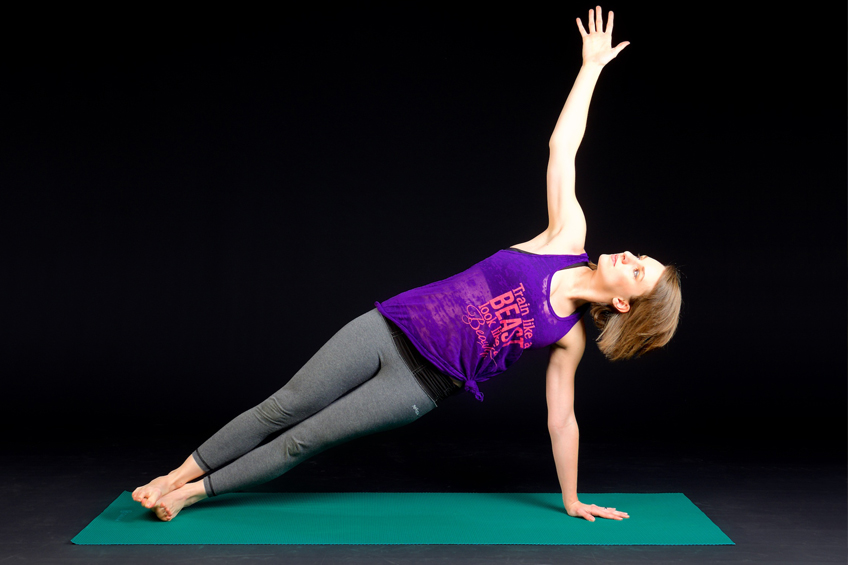
Maintaining an active lifestyle is critical to good health; this is especially true for patients recovering from wounds or extended hospital stays. Robust activity can improve mental health, reduce the risk of infection, and accelerate wound healing.1 Staying active can be challenging for patients with wounds, however, and it is critical that health care professionals take steps to enable their patients to stay as active as possible.
The Healing Benefits of Activity
Aside from the long-term benefits to heart health, mental health, and longevity, exercise provides many direct and indirect benefits to patients healing from wounds. Physical activity can promote rapid wound healing, reduce oxidative damage, and promote a healthy lifestyle. This can improve patient outcomes and reduce the costs of treatment.1
Exercise Benefits Mental Health – There is ample evidence that exercise promotes good mental health, reduces the effects of depression, and causes people to report a greater level of happiness. These effects are especially important for those who have had an extended stay in a hospital or who are in a long-term care facility because these populations may be at greater risk of developing mental health problems. 2
Exercise Reduces Inflammation – Inflammation is one of the major causes of delayed healing. Research shows that wounds with low levels of inflammation heal much more quickly and completely. Exercise and other physical activity have been shown to reduce the level of inflammatory markers in the blood, thus helping to reduce the level of inflammation and promote rapid healing. Reduced inflammation may also provide palliative benefits by decreasing pain and discomfort in wounds.1
Exercise Reduces Oxidative Damage – Exercise and other physical activity have also been shown to prevent damage from free radicals, thereby further helping to promote rapid healing. This is particularly important in populations such as the older adults and diabetic patients, who may have elevated levels of free radicals.1
How to Keep Patients Active
Although there are many benefits to staying active, it is often difficult for patients with wounds. Pain, difficulty keeping wound dressings in place, and damage from ultraviolet (UV) light can all pose challenges. Health care professionals can help encourage their patients to stay active by following wound care practices that minimize the impact on patients’ mobility and way of life.
Encourage Activity – Health care professionals should regularly talk to their patients about their activity level and encourage them to engage in activities that are safe and comfortable for them. Whether it is swimming, running, or taking a short walk around their room, every activity helps. By having an open conversation about the importance of staying active and about the patient’s capabilities, it is possible to help patients heal faster and stay safe.
Use Longer-Lasting Dressings and Adhesives – Dressing changes can be time consuming and frustrating, particularly when dressings become loosened during physical activity. By using dressings and medical adhesives that stay secure longer, it is possible to minimize this issue.
Protect from UV Damage – UV damage can delay wound healing and cause irritation. A dressing and adhesive that protect patients from the sun will allow patients to go outside without fear of impeding their healing.
Keep Dressings Waterproof – Vigorous exercise can produce a large amount of sweat. This can cause major problems for many dressing adhesives, which may come loose if exposed to water. Adhesives that are waterproof allow patients to exercise without fear of losing their dressings.
Conclusion
Keeping patients with wounds active can be challenging, but it is not an insurmountable task. By talking to patients about their abilities and choosing medical dressings with adhesives suited to vigorous exercise, health care professionals can help their patients maintain an active life and promote rapid healing.
References
1. Keylock K, Young H. Delayed wound healing: can exercise accelerate it?. Int J Exerc Sci. 2010;3(3):70–8.
2. Craft LL, Perna FM. The benefits of exercise for the clinically depressed. Prim Care Companion J Clin Psychiatry. 2004;6(3):104–11.

